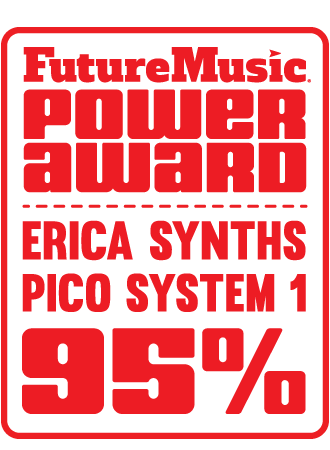Erica Synths, a boutique analog synthesizer manufacturer out of Latvia, recently released the Pico System 1, a micro modular synth that has captured the imagination and hearts of our staff here at FutureMusic. Now when we say “boutique,” you may conjure up a company that produces just a few products, but Erica releases new Eurorack modules and innovative analog/tube processors with reckless abandon. Trying to keep up with their releases is basically like drinking from a firehose. Just when we were halfway through our long-term test of the Pico, Erica released the FusionBox, which we can’t stop playing with as well, but let’s just stick with the the matter at hand, the Pico System 1. Six testers spent considerable time with the Pico to bring you this comprehensive review, their comments in quotes below.
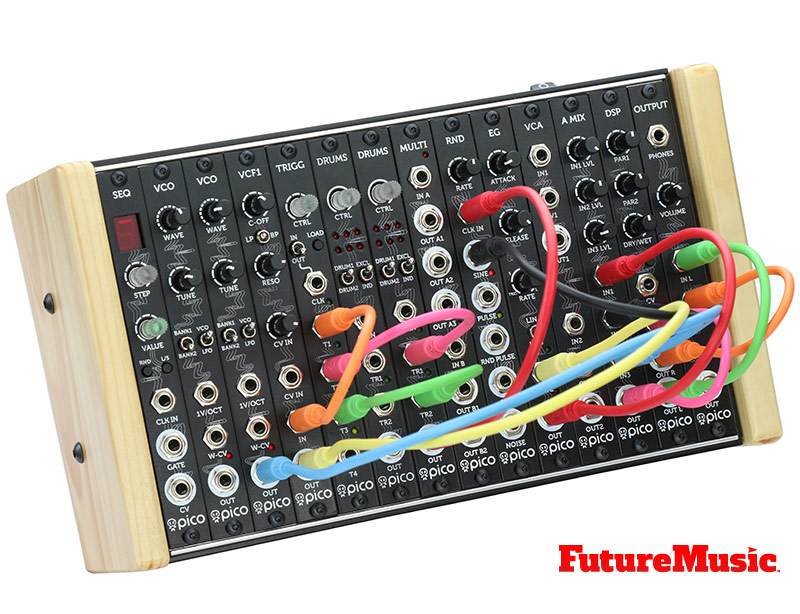
If you have even the slightest interest in modular synthesis, then it’s hard not to get insanely excited about the Pico System 1. Erica describes the fourteen 3HP (Horizontal Pitch) space chassis, “filled to the brim with analog deliciousness” as the world’s smallest modular synthesizer with this amount of functionality. Erica, which had a multitude of 3HP-sized modules to choose from when compiling the Pico, made very savvy choices with the components. Erica starts off the chain with their SEQ 16-step sequencer, which contains 16 memory slots to store your ideas. Next up is two VCO’s, containing 32 waveforms, LFO mode and 1V/Octave tracking. This is followed by Erica’s emulation of the famed Polivok LP/BP VCF. A polyrhythmic pattern generator, dubbed TRIGG, which also serves as the Pico’s master clock, stands behind two instances of the versatile DRUMS module, a 64 sample player with adjustable parameters and CV control. You can even upload your own samples into the DRUMS with the included Pico programmer. “[Erica] blows me away with the depth of their development,” commented one evaluator, “they could have just said here are your samples thank you very much, but they decided to provide the ability to upload your own sounds. And non-percussive sounds at that…just brilliant.”
The two DRUMS modules are followed by MULTI, a sophisticated replacement for stacked patch cables that can be used for splitting CV, Clock or audio signals without interference or loss of signal strength. Next comes the EG, an AR/ASR linear or logarithmic envelope generator and LFO. Adjacent is a dual-linear VCA followed by RND, a random trigger, S&H and noise generator, which allows for some fun explorations. Before sending the signal out to a three input MIX module, Erica provides a basic DSP processor with eight effects. The final stage is a stereo OUTPUT with a built-in headphone amplifier.
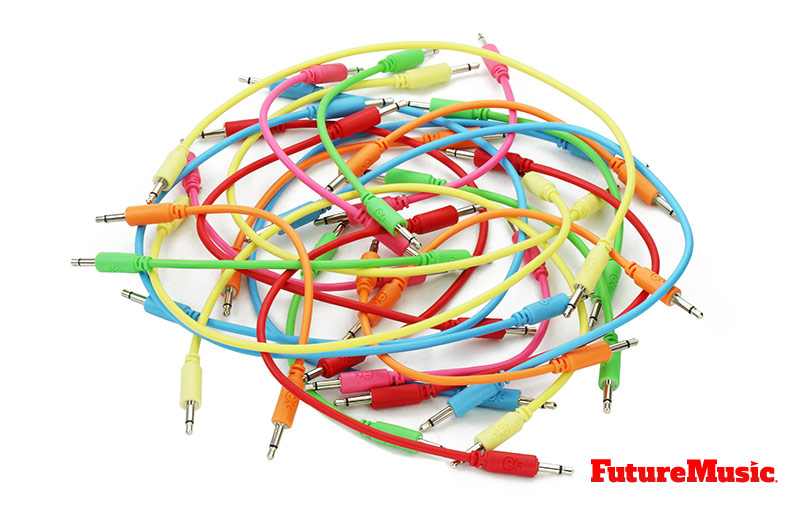
So what’s Erica going for with the Pico? Well, on the one hand, the Pico System 1 is a great way for consumers to wade into the warm Eurorack waters without having to mortgage the house or understand modules, cases, power supplies and the rest of what it takes to get a Eurorack system humming. It’s not cheap, but considering alternative options, not to mention what it would take to compile your own system, it’s very reasonable. The build quality is first rate, not to mention the ingenuity to pack in all this modular goodness into a case that is only 240mm x 140mm x 80mm, and the real wood end caps provide an extra level of refinement. Thus, this “stunner” serves not only as the quintessential “beginner’s modular system,” but also as “the centerpiece of an entertainment executive’s desk and/or a nice distraction while on a boring conference call.”
By marrying the DRUMS and TRIGG modules to the “easily agitated” Polivok VCA, Erica also positions the System 1 as something of a modular, music production center. “Instead of trotting out the Novation Circuit (an all-in-one dance groovebox —Ed.) at a live electronic music event and being that guy, you could get instant cred
with the Pico,” mused one reviewer.
All of our testers were amazed at how much functionality Erica Synths was able to pack into the SEQ module. “Although the documentation has much to be desired,” revealed one reviewer, “I unearthed several sweet features in the SEQ that belay the unit’s diminutive size, including the ability to choose a scale and have the SEQ randomly pick notes, and slide and gate adjustment on each step.” SEQ has contains some attributes for live performance as well, including an on-the-fly Transpose mode and “five play modes to mix things up.” Come up with something special? The SEQ allows you to easily save your sequences with just a couple of touches in one of the 16 available memory locations.
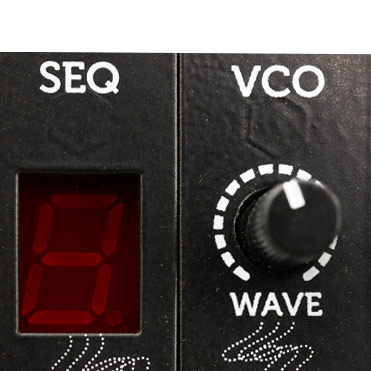
Pico System 1 Modules:
» SEQ – 16 step sequencer with 16 pattern memory
» Two VCO – 32 custom waves in two banks, 1V/oct tracking and LFO mode
» VCF1 – Polivoks emulated LP/BP VCF
» TRIGG – Four trigger polyrhytmic pattern generator that also serves as a master clock
» Two DRUMS – 64 sample player with three adjustable parameters and CV control. Web-based app and Pico Programmer (included) provides ability to upload custom sound samples
» MULTI – Buffered audio/CV/clock signal splitter
» EG – LIN/LOG ASR envelope generator that works also as LFO
» VCA – Dual linear VCA
» RND – Sine/Pulse LFO and random events generator: Random Trigger, Sample/Hold and Noise)
» DSP – Stereo effects processor with eight effects
» A MIX – Three input audio mixer
» OUTPUT – Stereo output module with headphone amplifier
The DRUMS module also made a lot of friends with our reviewers with its “crunchy, 12 bit LINN sound,” and the ability to upload your own samples, not to mention the ability to add Decay, Pitch and Gain to each drum. Each module can play two different drum sounds simultaneously with a choice of 64 sounds to select from memory. Things “can get nutty pretty fast with parameters to determine how the two sounds interact with each other when played at the same time, and then sending the results into the DSP module,” mused one tester. Another felt that the Pico System 1 could be the foundation for an “exciting new drum machine” by employing “several of the DRUMS modules and other fun” into the Pico’s chassis.
“One of the concepts that Erica introduces with the Pico System, which I found fascinating was the ability to onboard drum patterns to the Trigg module via an iPhone. With just a short burst of audio, you can sequence a 16-step pattern in just a couple of seconds.” Employing a minijack to minijack cable and Erica’s HTML5 programming page, you can put together “bumping drum patterns” in mere minutes instead of fiddling with the sequencer module. It sounds annoying, but it actually works quite well. “[It] got me thinking about other uses for this methodology and I can see other manufacturers biting this concept,” noted one reviewer.
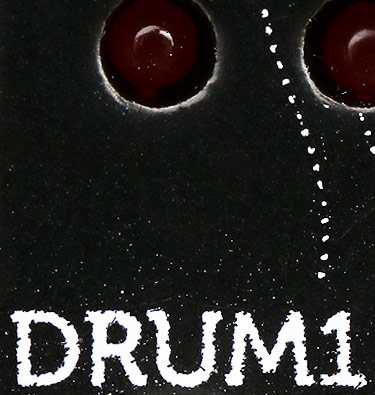
The amazing feat of packing in all this modular goodness in such a small chassis, the excellent build quality, the innovative features and so on are all well and good, but how does it sound? Well first and foremost, the VCOs do deliver, even though they are digital. Sorry folks, but shoe-horning an all-analog signal path into this size would entail a call to NASA. But don’t stress, the oscillators still travel through “the analog tunnel of love.” As mentioned above, the Polivoks have some bite to them and can get 303-tweaky, but the Pico System 1’s ability to wrestle a staggering array of sonic textures, pads, leads, bass lines and much more was truly impressive. All our evaluators gave the Pico high-marks for its sound quality, but there was one thing that eclipsed this all-important attribute…
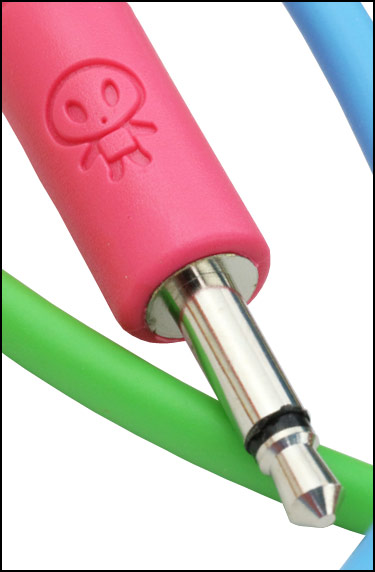
The “Pico System 1 is just a ton of fun.” This sentiment was echoed by all our testers, some of which were truly upset when they had to hand over our review unit for the next evaluator. Being last, I found the Pico System 1 on my desk with a post-it note attached to the box: “You’re going to dig this…” The prediction was spot on. I had a blast constantly re-patching the unit over and over and over again, always discovering another feature, another great sound, and another big smile. While the patch cables are packed very close together, and sometimes it’s not easy to find the right receptacle when things get busy, it never inhibited my flow or led to frustration. As the center piece of my studio, while I was evaluating the unit, it never failed to evoke a “Hey! What’s this??!” from visitors. Handing over the included patch cables meant only one thing for my guest: an hour was going to go by faster than they ever thought possible.
Conclusion
Whether your new to modular synthesis or a seasoned pro, you’ll definitely find something to love about the Pico System 1. Erica Synths has easily debuted the “funnest synth of the year so far” — and really, isn’t that what it’s all about? Highly Recommended.
Rating: 95%
Cheers:
+ Fun, Fun, Fun
+ Build Quality
+ Arsenal Of Sounds
+ Brilliant Concept
+ Innovative Technology
+ Did we mention it’s really FUN?!
Jeers:
– All this micro modular sweetness comes at a price
– Documentation
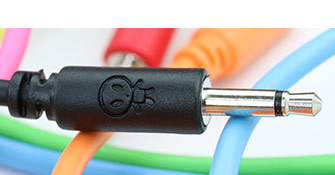
Erica Synths’ Pico System 1 costs $1000 / €1000 and is available now.
The Future:
For the System 2, we’d love to have Erica come out with focused options for dedicated modular applications. For example, a Pico Drum System with more DRUMS modules or a specialized formulation for eardrum splitting leads.
Alternatives:
Moog’s Mother32 is cheaper and has more real-estate, but lacks the fun factor of the Pico, Erica’s technical innovations, and its build quality.


